What Is Aerogel Glass Fiber Blanket and Why Is It Ideal for Fire and Thermal Insulation?
Date: 2025-05-27 Categories: News Hits: 146
What Is Aerogel Glass Fiber Blanket and Why Is It Ideal for Fire and Thermal Insulation?
When I first used aerogel glass fiber blanket in a battery insulation project, I was surprised by how easy it was to handle. It looked thin, but it stopped intense heat.
Aerogel glass fiber blanket is a flexible insulation material made by combining nano aerogel with high-strength fiberglass. It offers superior heat resistance, fire protection, and flexibility for industrial and energy-related uses.
This high-performance blanket is now common in electric vehicles, energy cabinets, buildings, and industrial pipe systems. Let’s look closer at what makes it so useful.
How Is Aerogel Glass Fiber Blanket Made and What Is It Composed Of?
The blanket is made by infusing nano aerogel particles into fiberglass fabrics. The result is a lightweight, flexible mat that can resist extreme temperatures and thermal transfer.
The process starts with forming silica aerogel. Then, the aerogel is applied to a woven fiberglass mat. Special techniques ensure even distribution without stiffening the fabric.
The blanket remains soft and can bend around corners, pipes, or battery packs. This makes it ideal for compact spaces where rigid materials cannot be used.
Component | Description |
Nano Aerogel | Provides ultra-low thermal conductivity |
Glass Fiber Base | Offers strength, flexibility, and stability |
Binder | Helps aerogel particles stick to the fabric evenly |
Why Is It Ideal for Battery Thermal Management and Fire Safety?
Because it can withstand up to 1000°C, the blanket helps prevent thermal runaway and fire spread in electric vehicle batteries and energy storage systems. It’s flexible, lightweight, and non-toxic.
Electric vehicles and power stations face serious safety risks. Batteries generate high heat. In worst cases, they catch fire.
Aerogel blanket forms a reliable barrier. It separates modules, delays heat spread, and protects surroundings. More EV companies are choosing this material to meet global safety standards.
Feature | Benefit |
High Temp Resistance | Withstands battery fires or thermal spikes |
Flexible | Can wrap around battery modules |
Low Thermal Conductivity | Delays heat transfer |
Non-flammable | Slows or blocks fire spread |
Safe Material | Free from harmful fibers or toxins |
What Are Other Industrial and Building Applications?
Besides EV batteries, the blanket is also used in power cabinets, PV inverters, fireproof walls in buildings, and pipe insulation in chemical factories. It’s easy to install and adapts to various shapes.
In buildings, aerogel glass fiber blanket is placed inside walls or around ducts. It keeps fire from spreading fast. In solar power systems, it protects sensitive electronics from both fire and heat.
In factories, it wraps hot pipes or tanks. Workers stay safer. Equipment runs more efficiently.
Application | Use Case | Reason for Use |
Energy Cabinets | Thermal shield | Improves energy efficiency |
PV Inverters | Fire protection | Protects electronics |
High-rise Walls | Fireproof barrier | Slows fire spread |
Pipes and Tanks | Thermal wrap | Keeps process stable |
Conclusion
This flexible insulation blanket brings high fire resistance, safe installation, and environmental benefits to modern industries. It’s one of the smartest upgrades today.

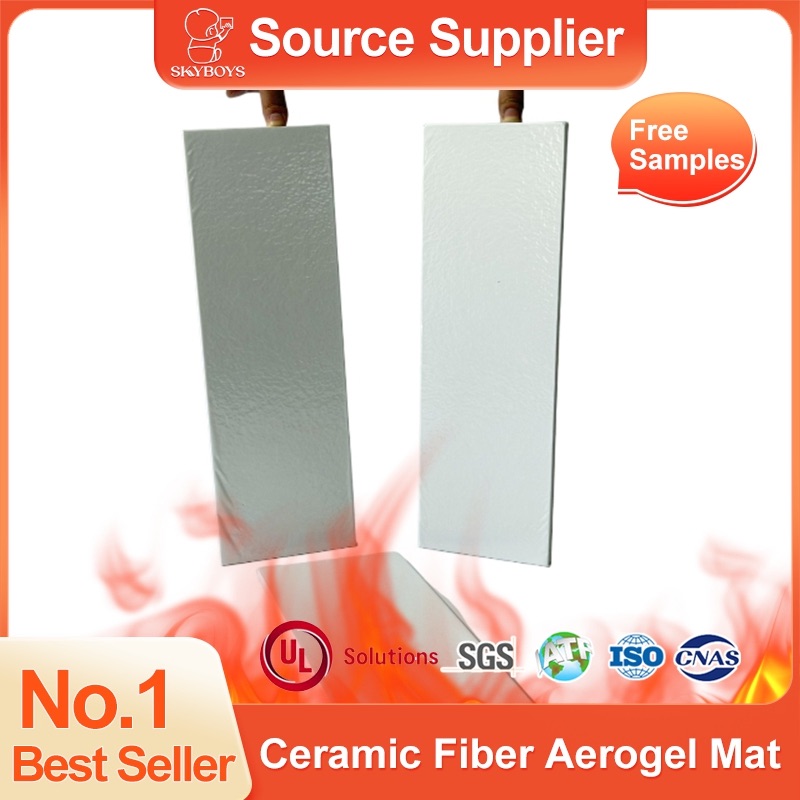 Ceramic Fiber Chemical Film-Fo...
Ceramic Fiber Chemical Film-Fo... 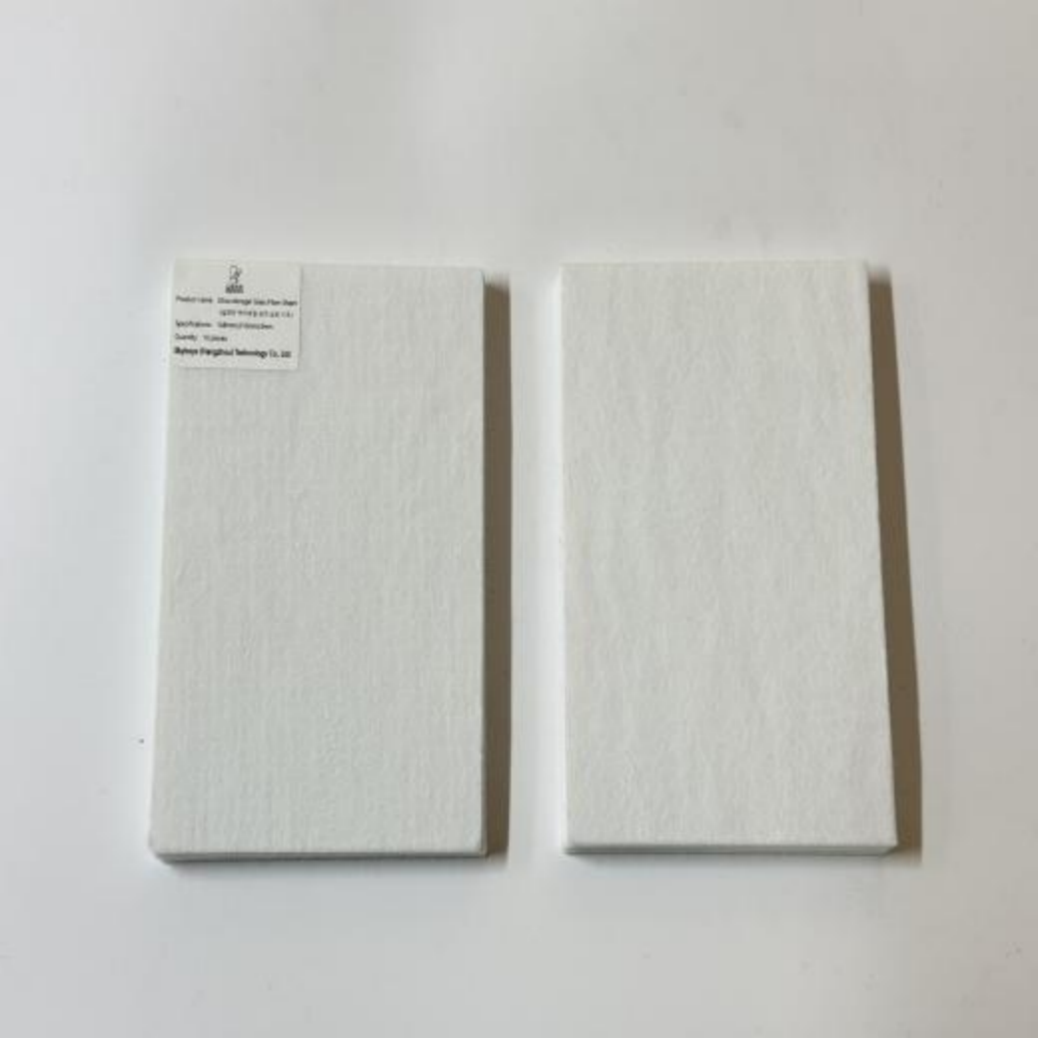 Wet-process Glass FiberAerogel...
Wet-process Glass FiberAerogel...  Needle-Punched Glass FiberAero...
Needle-Punched Glass FiberAero... 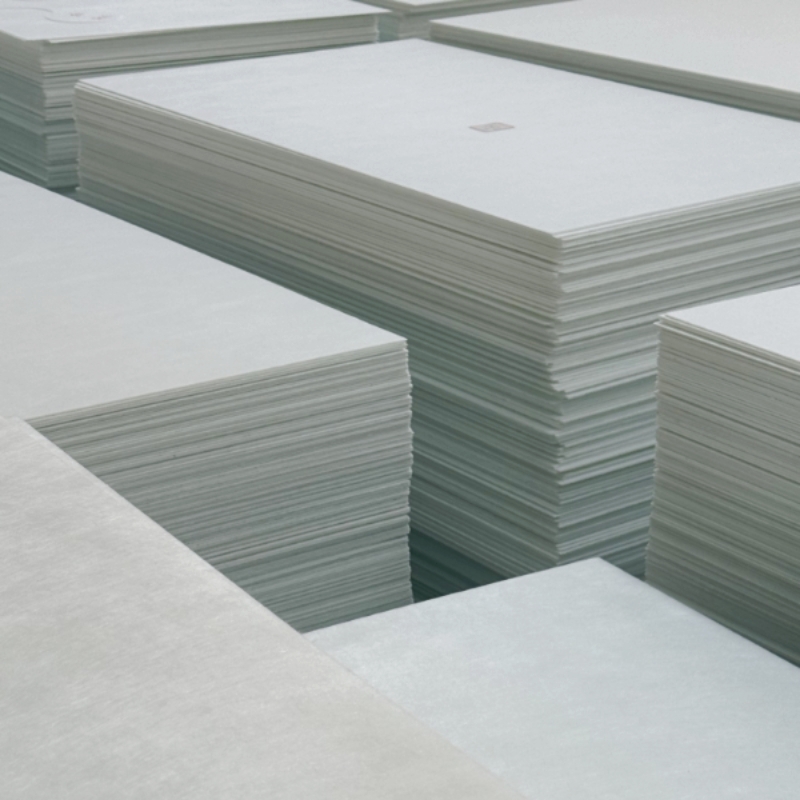 Aerogel Panel
Aerogel Panel 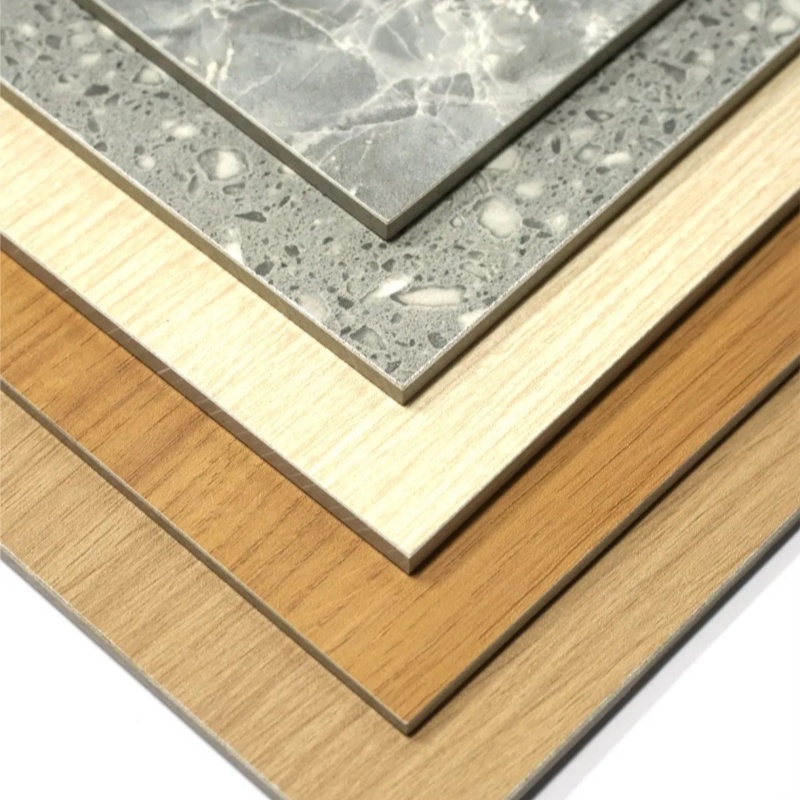 OEM Cherry Wood Grain Antibact...
OEM Cherry Wood Grain Antibact... 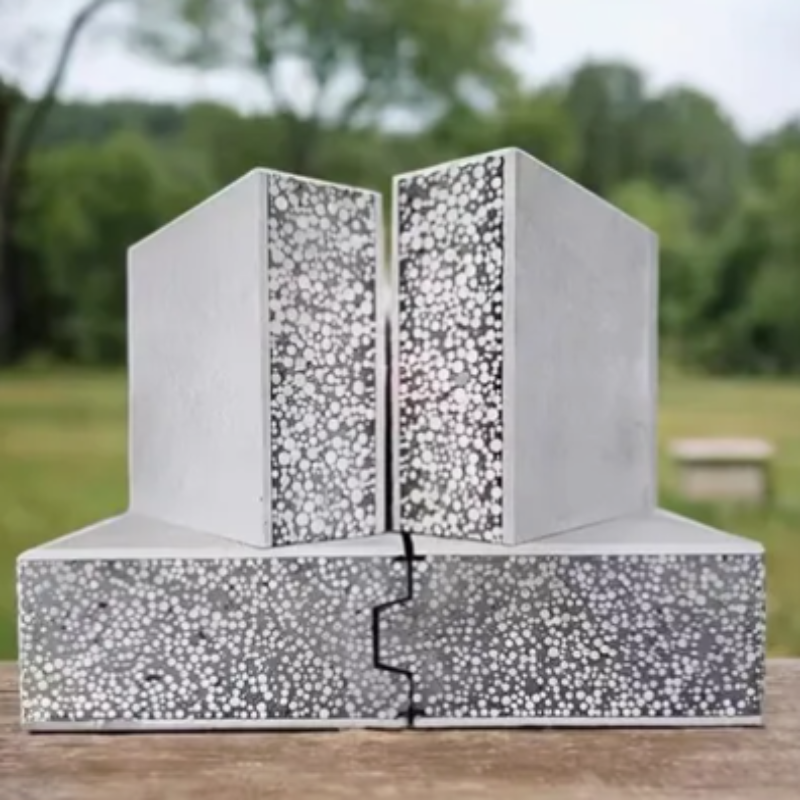 Cement-Based Aerogel
Cement-Based Aerogel  Aerogel Fireproof And Heat-Ins...
Aerogel Fireproof And Heat-Ins... 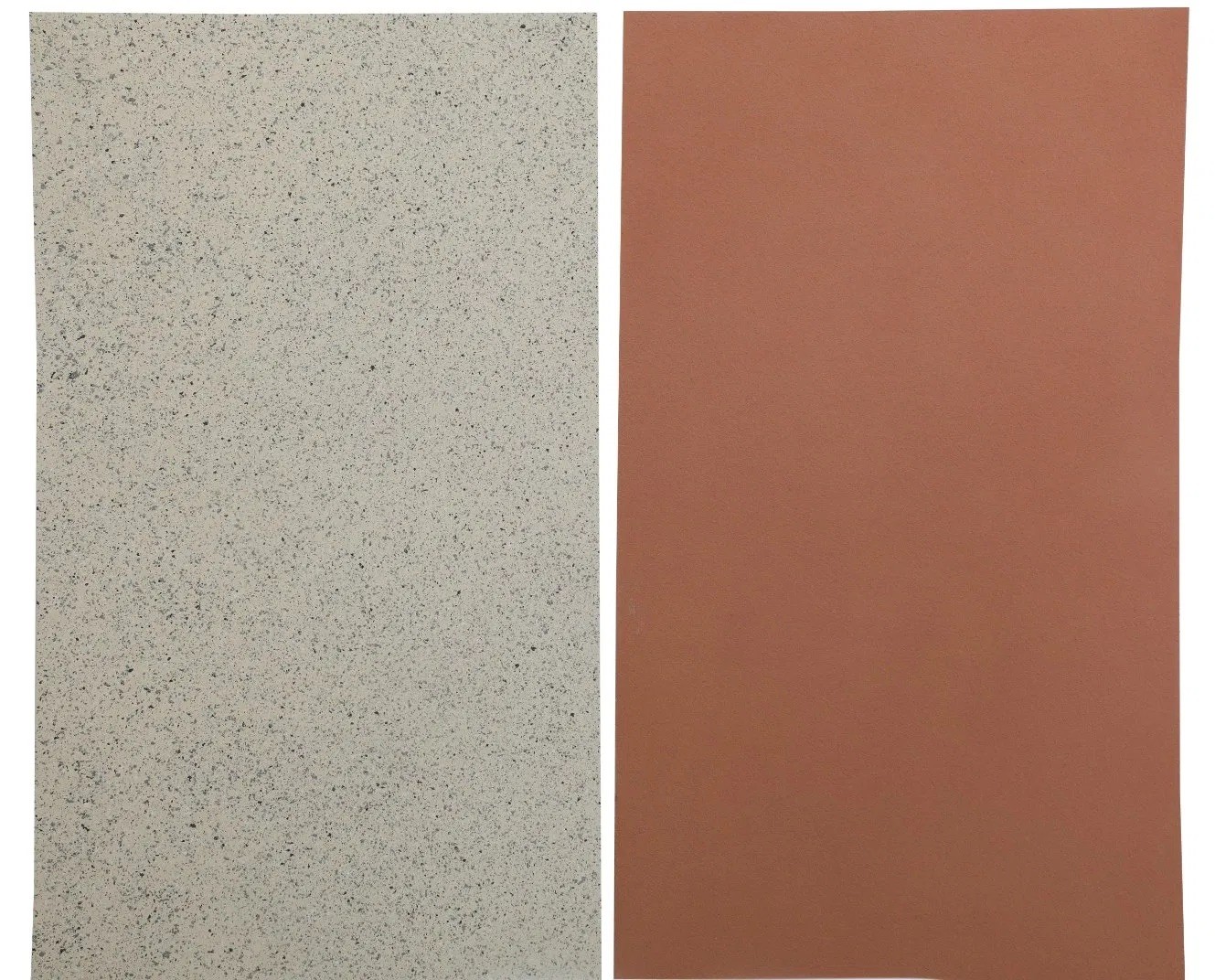 Thermal Insulation Integrated ...
Thermal Insulation Integrated ...  New Energy Vehicle Battery Cor...
New Energy Vehicle Battery Cor... 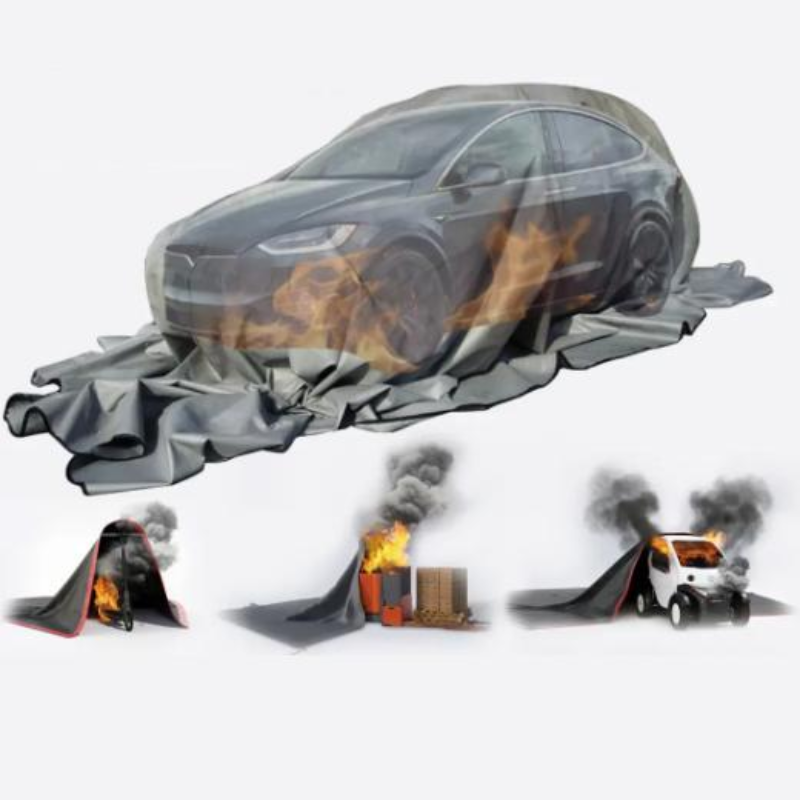 Aerogel Explosion-Proof Fire B...
Aerogel Explosion-Proof Fire B... 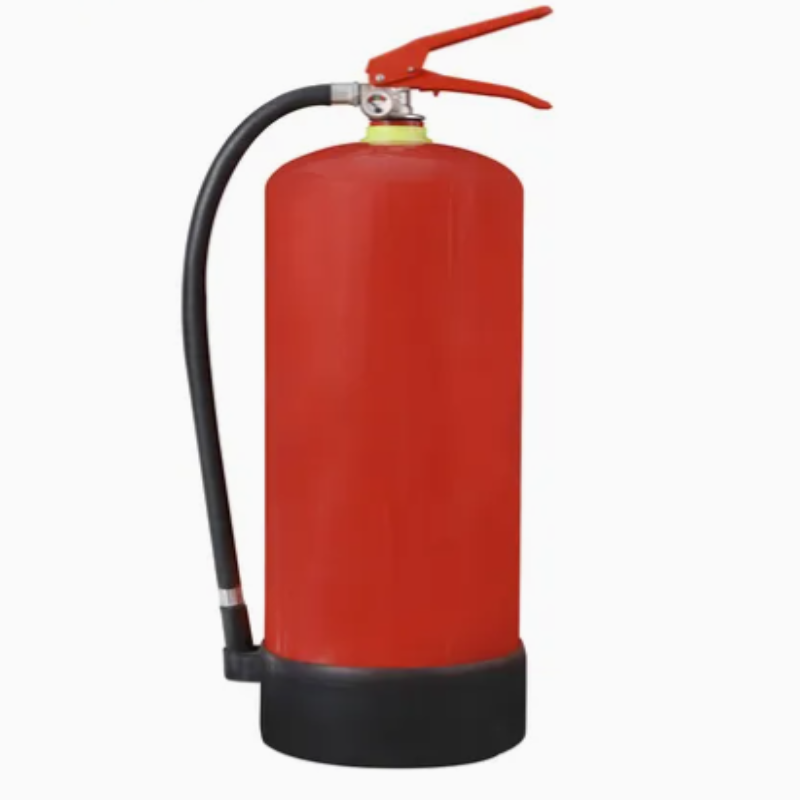 Water-Based Aerogel
Water-Based Aerogel